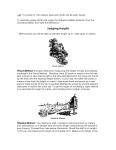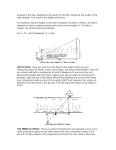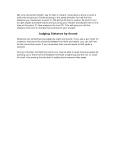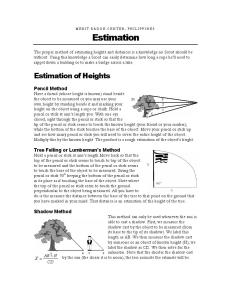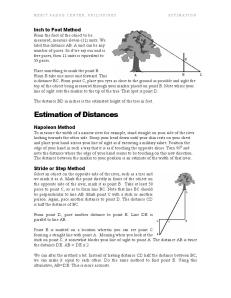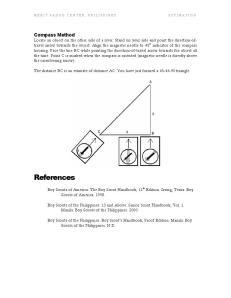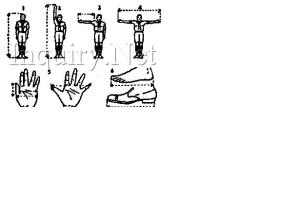ESTIMATION – HEIGHT AND DISTANCE
Archive for the ‘ESTIMATION – DISTANCE/WIDTH’ Category
ESTIMATION – HEIGHT AND DISTANCE
Posted in ESTIMATION - DISTANCE/WIDTH, ESTIMATION - HEIGHTS/DEPTHS, tagged ESTIMATING WIDTH, ESTIMATION, ESTMATING HEIGHTS on January 28, 2011| Leave a Comment »
ESTIMATION – DISTANCE AND HEIGHT
Posted in ESTIMATION - DISTANCE/WIDTH, ESTIMATION - HEIGHTS/DEPTHS, tagged ESTIMATING DEPTH, ESTIMATING DISTANCE, ESTIMATING HEIGHTS, ESTIMATING WIDTH, ESTIMATION on January 28, 2011| Leave a Comment »
ESTIMATION
Posted in ESTIMATION - DISTANCE/WIDTH, tagged ESTIMATION on January 28, 2011| Leave a Comment »
ESTIMATION
Learning to Judge Distance
As a means of checking your estimates, learn the exact length of your pace. If fairly tall, learn to pace an exact yard, heel to heel. On a quiet road, in a field, or out on the prairie, begin judging short distances to various objects, then pacing to check your “guess.” Gradually increase the distances. Do this in competition with several other Scouts and you’ll find it an interesting game. Remember that the eye measures distance as in an “air line,” from eye to object, and does not allow for irregularities of the ground. In other words, ground distance may be greater than visual distance.
As an aid in making short measurements you should know a number of your personal measurements. Your known hand-span will often be particularly useful. If fully developed your measurements will be close to this:
| Breadth of thumb, and nail joint of forefinger = 1 inch (2.54 centimeters). | |
| Span of the thumb and forefinger = 6.5″ (or 17 centimeters). | |
| Span of thumb and any other finger = 8.5″ (or 21.6 centimeters). | |
| Wrist to elbow = 10″ (or 25 centimeters). | |
| Elbow to tip of forefinger = 17″ (or 43 centimeters). | |
| Your reach, arms out-stretched, will nearly equal your height. |
Some Further Hints
| At 1/2 mile or approximately 880 yards (or 800 meters) a man looks a post. | |
| At 770 yards (or 700 meters) the head is not yet visible. | |
| At 660 yards (or 600 meters) the head is visible as a dot. | |
| At 550 yards (or 500 meters) the shoulders appear bottle shaped. | |
| At 1/4 mile, or approximately 440 yards (or 400 meters) movements of the legs can be seen. | |
| At 330 yards (or 300 meters) the face can be seen. | |
| At 220 yards (or 200 meters) buttons and details of clothing are recognizable. | |
| At 110 yards (or 100 meters) eyes and mouth can be seen clearly. |
To estimate greater distances, judge the farthest probable distance, then the nearest possible, and “split the difference.”
